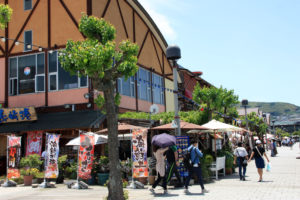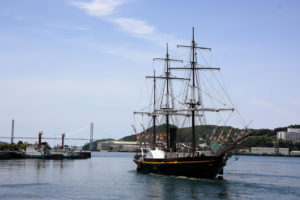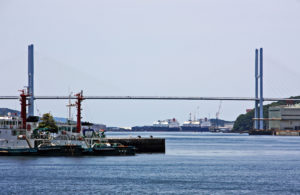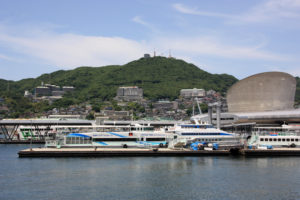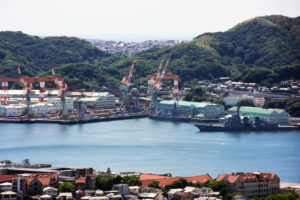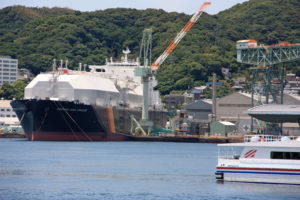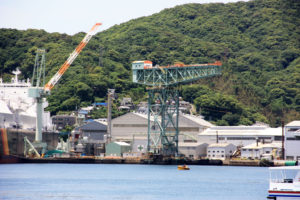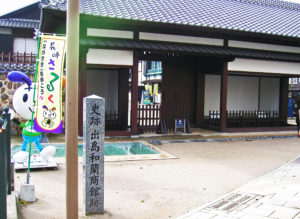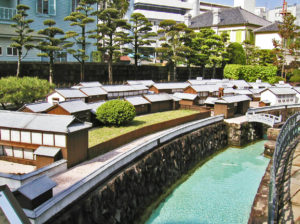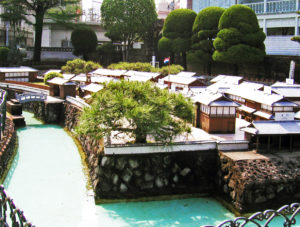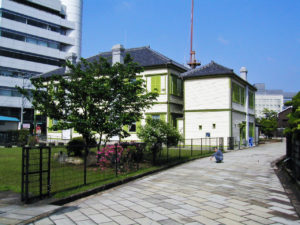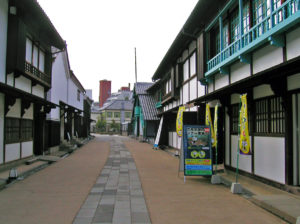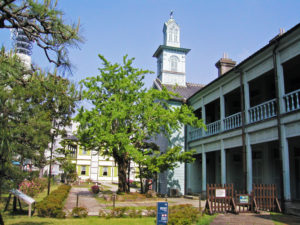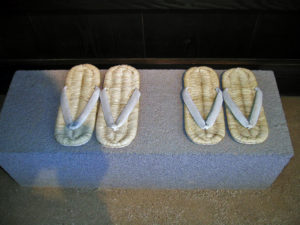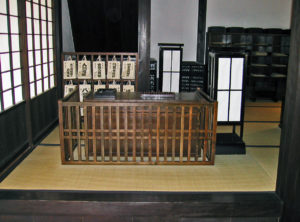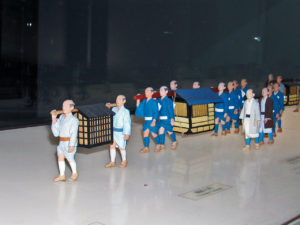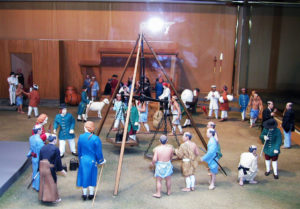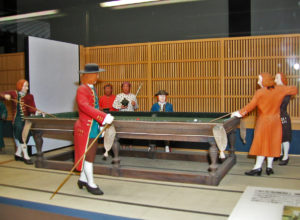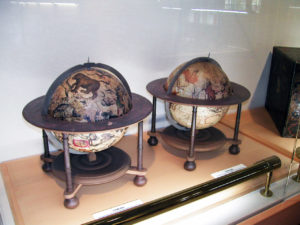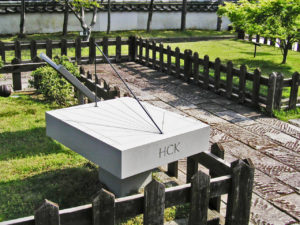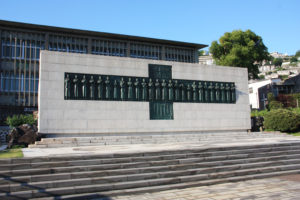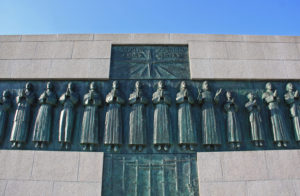Former Shitsu Aid Center
I want to save people in the Sotome from poor life. Former Shitsu Aid Centeris indispensable
in talking about the history and culture of the region. In 1879, Father Marc Marie de Rotz,
a French missionary who has been assigned to the Sotome, has a variety of farming,
fishing, medical, and educational programs to save local residents from plight. I did an activity.
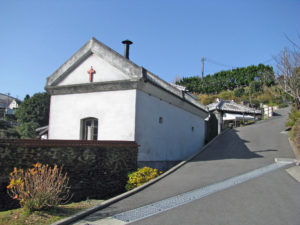 |
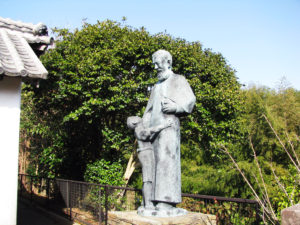 |
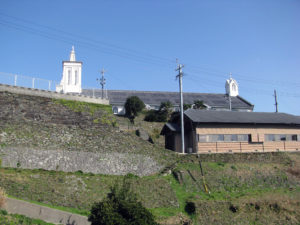 |
Former Shitsu Aid Center is a delivery facility for women, in 1883. It was founded with the
cooperation of members of the Church of St. Joseph, which was founded and trained by the
Father himself. In 2003 in 12, some of these facilities were designated as nationally
designated important cultural properties as the remains of valuable birth and welfare facilities
in the early Meiji period.
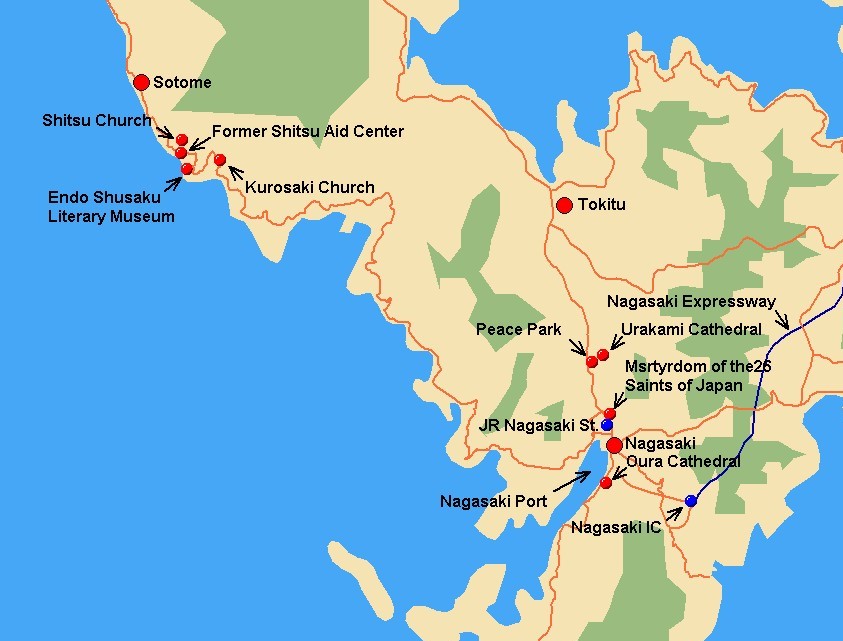
Home Our Services Tailor-made guided tour Christian Pilgrimage tour Golf tour
Kyushu Travel Guide Kyushu Photo Collection Off the beaten path What our Customers have to say
Dejima Wharf
Elegant international & domestic tourist harbour. Made up of around 20 unique shops and
restaurants lined up at the water front, offering various choices such Japanese, Western,
and Italian cuisine, to beauty salons, outdoor shops and more.
|
|
|
|
It is quite the popular spot for people who want to relax while viewing the sea beyond as they
dine outdoors.
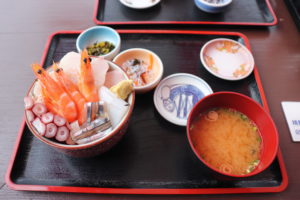 |
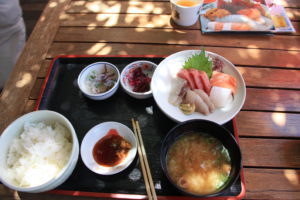 |
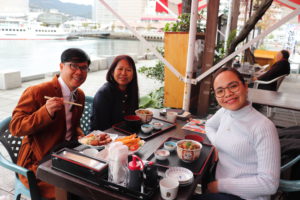 |
Nagasaki Harbour
Located in the center of East Asia and is surrounded by the beautiful green mountains.
The city has flourished due to foreign trade through the port. Now the port is home to Mitsubishi
Heavy Industries, which has one of Japan’s largest shipbuilding facilities.
|
|
|
|
Not only ships but also many industrial goods such as wind and thermal generators are
manufactured and exported from Nagasaki. Recently, the port was changed by the appearance of
a beautiful park and Venus Bridge or the long cable-stay bridge. The port facilities will be further
improved as a major gateway with a long tradition of international exchange and together with a
geographically advantageous location.
|
|
|
|
General information
| Address | 1-1 Dejima-machi, Nagasaki-city |
| Access |
a short walk from Dejima Tram Station a short walk from Tsuki-machi Tram Station 15 minutes walk from JR Nagasaki Station |
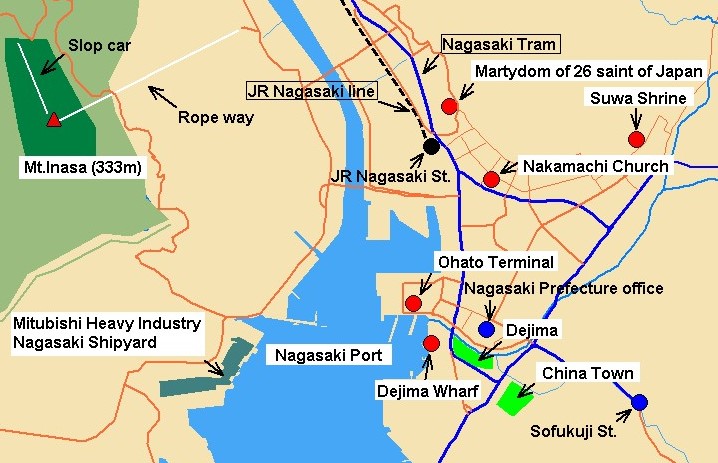
Home Our Services Tailor-made guided tour Christian Pilgrimage tour Golf tour
Kyushu Travel Guide Kyushu Photo Collection Off the beaten path What our Customers have to say
Endo Shusaku Literary Museum
The peaceful Sotome, the setting of Endo Shusaku’s novel Silence. Sotome area of Nagasaki
city has an abundance of natural beauty in its sea, mountains and rivers. It also is blessed with
a unique history and culture of Christianity. In particular, the area in which the Endo Shusaku
Literary Museum stands is known as the site of a Christian village, one of Endo’s most notable
work, Silence.
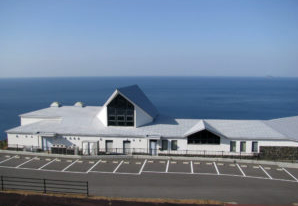 |
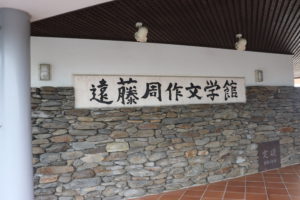 |
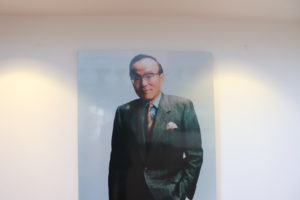 |
From the literary museum, there is a magnificent view. In a sweep of eye one can see sun as
it majestically sets over the sea of Goto, along with the Silence Literary Monument in Shitsu
Bunka Mura. Endo Shusaku and the Sotome area are linked through Silence ; this bond has
been built up starting from when Endo was writing the novel, and continues into the present day
with the construction of literary museum.
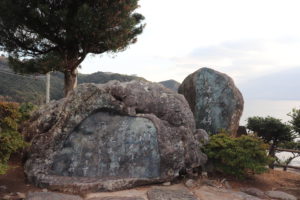 |
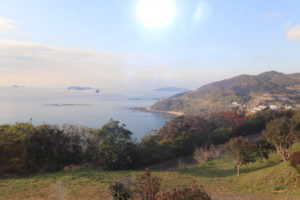 |
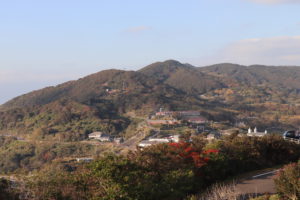 |
Following Endo Shusaku’s death, this Literary Museum was established thanks to kindness of
his family, and was filled with Endo’s persona belongings, mementoes, manuscripts, and his
extensive collection of books. The Museum exhibits trace the footsteps of Endo Shusaku as
one of Japan’s greatest writers of literature. In addition, it has facilities for collecting, preserving,
and exhibiting materials related to Endo’s public perusal and research, and operating as an
information center.
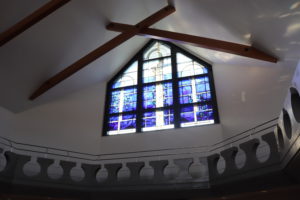 |
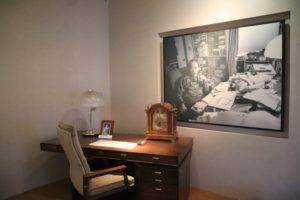 |
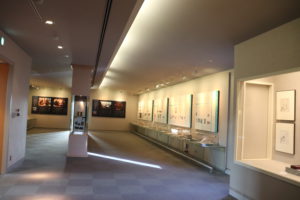 |
Note : Silence
Silence is a 1966 novel of theological fiction by author Endo Shusaku, published in English by
Peter Owen Publishers. It is the story of a Jesuit missionary sent to 17th century Japan, who
endures persecution in the time of Hidden Christians that followed the defeat of the Shimabara
Rebellion. The recipient of the 1966 Tanizaki Prize, it has been called “Endo’s supreme
achievement and “one of the twentieth century’s finest novels Written partly in the form of a letter
by its central character, the theme of a silent God who accompanies a believer in adversity was
greatly influenced by the Catholic Endō’s experience of religious discrimination in Japan, racism
in France, and a debilitating bout with tuberculosis.

Home Our Services Tailor-made guided tour Christian Pilgrimage tour Golf tour
Kyushu Travel Guide Kyushu Photo Collection Off the beaten path What our Customers have to say
Dejima
Dejima was the fan-shaped artificial island in the bay of Nagasaki where was used
as a trading port during Japan’s National isolation of Edo period.
In 1636, the artificial island, Dejima was constructed to accommodate Portuguese
who lived in Nagasaki and to prohibit Christian missionary work.
In 1638, trade with Portugal was prohibited and Dejima becaome an uninhabited island.
In 1641, the Dutch trading post in Hirado was moved to Dejima, and then the history of
trade with the Dutch began at Dejima as only the gateway to European in Japan
Many European technologies and cultures were introduced here through Dutch until 1853.
|
Entrance of Dejima |
Fan-shaped artificial island, was built in 1636 |
Dejima used from 1641 until 1853 |
A project to restore Dejima is underway. In 2000, five buildings including the Deputy Factor’s
Quarters were completed and opened to the public.
|
Dejima International Club
|
Building of residence, cooking room, warehouse |
The old Dejima seminary, a Christian theological school |
In the spring of 2006, the finishing touches were put on the Chief Factor’s Residence, the
Japanese Officials’ Office, the Head Clerk’s Quarters, the No. 3 Warehouse and the Sea Gate.
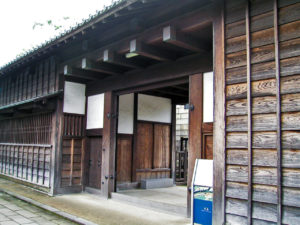 |
|
|
 |
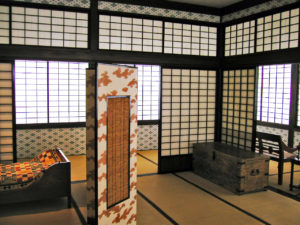 |
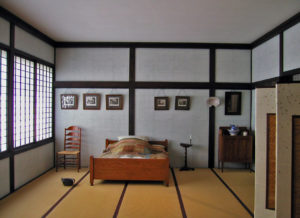 |
|
|
|
|
|
|
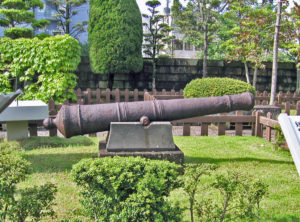 |
|
General information
| Address | 6-1 Dejima-machi, Nagasaki-city |
| Access |
a short walk from Dejima Tram station |
| Open hours | 8:00 to 21:00 |
| Admission fee | JPY 510 |
| Days closed | No closing days |

Nyokodo, Dr. Nagai Takashi
Dr. Nagai Takashi (3 February 1908 – 1 May 1951) was a Catholic physician specializing in
radiology, an author, and a survivor of the atomic bombing of Nagasaki. His subsequent life
of prayer and service earned him the affectionate title “saint of Urakami”.
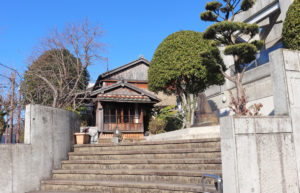 |
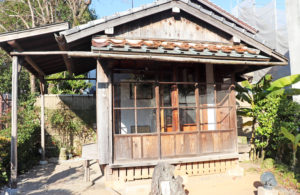 |
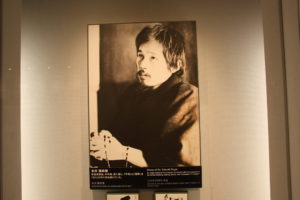 |
Nyokodo, which is adjacent to the Takashi Nagai Memorial Hall, is Dr. Takashi Nagai’s hospital
room and study. This 2-tatami building was built as a new home for the doctor, with the generosity
of the people of Urakami and fellow Catholics who were left penniless by the atomic bombing.
The doctor named this building “Nyokodo,” meaning “Love your neighbor as yourself,” and spent
his later years here. Dr. Nagai fought the onslaught of leukemia and worked hard to write even
though he was bedridden. From this room of just two tatami mats, the doctor continued to harass
the people of Urakami, writing novels such as “The Chains of the Rosary,” “Leaving the Child,”
“The River of Life,” and “The Bells of Nagasaki.
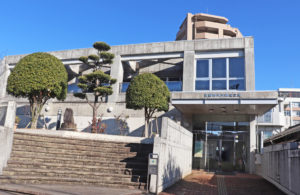 |
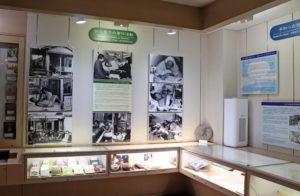 |
 |
Massage for World Peace from Dr. Nagai
The person who pray for peace must not hide even needles, for a person who possesses
is not qualified to pray peace.
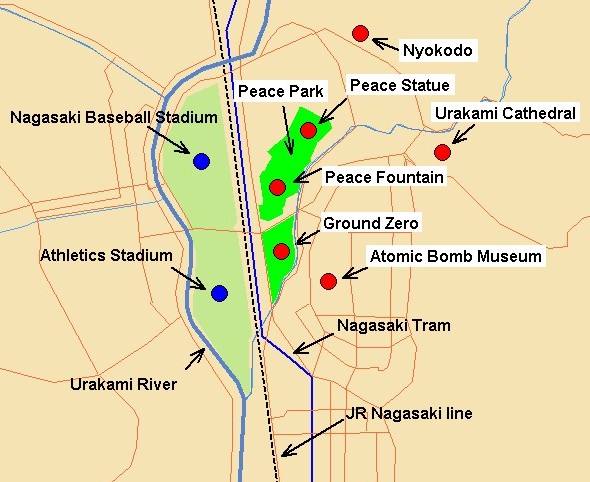
Home Our Services Tailor-made guided tour Christian Pilgrimage tour Golf tour
Kyushu Travel Guide Kyushu Photo Collection Off the beaten path What our Customers have to say
Sanno Shrine
Sanno Shrine is located approximately 800 meters away from the ground zero of Atomic bomb.
The Shrine was instantly obliterated by the explosion and the 4000 degrees Celsius heat wave
vaporized nearby trees.
The only thing that remained is the Torii gate standing on a single column, reminding us of the
tragedy that took place.
 |
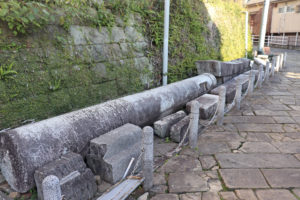 |
 |
The surviving trees of Sanno Shrine have become another living demonstration of destruction
and re-growth. Two large camphor trees were scorched, burned and stripped of all leaves by
the Atomic bomb’s shock wave; and yet, despite everything, the trees survived.
The surviving camphor trees are now a symbol of World Peace.
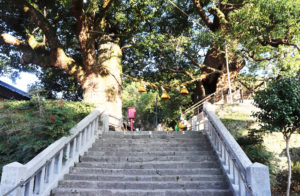 |
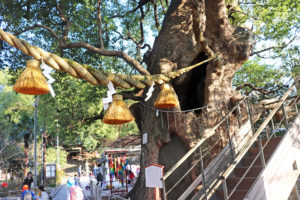 |
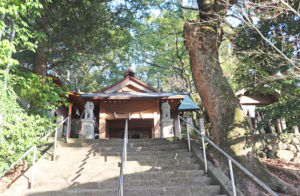 |

Home Our Services Tailor-made guided tour Christian Pilgrimage tour Golf tour
Kyushu Travel Guide Kyushu Photo Collection Off the beaten path What our Customers have to say
Martyrdom of the 26 Saints of Japan
Nishizaka Hill in Nagasaki is the place of Martyrdom of 26 Japanese Saints. The 26 Martyrs of
Japan were a group of Catholics who were executed by crucifixion on February 5, 1597.
The Twenty-six Christians led by Paulo Miki, including six foreign missionaries and three young boys,
were arrested in Kyoto and Osaka on the order of Toyotomi Hideyoshi, the National ruler, for preaching
Christianity.
They were marched 800 km through the snow to Nagasaki and crucified in front of large crowd on
Nishizaka hill on Feb. 5, 1597.
Paul Miki said from the Cross
All of you who are here, please listen to me.
I am a Japanese by birth, and a brother of the Society of Jesus. I have committed no crime, and the
only reason why I am put to death is that I have been teaching the doctrine of our Lord Jesus Christ.
I am very happy to die for such cause, and see my death as great blessing from the Lord.
At this critical time, when you can rest assured that I will not try to deceive you, I want to stress
and make it unmistakably clear that man can find no way to salvation other than the Christian
way. The Christian law commands that we forgive our enemies and who have wronged us.
I must therefore say here that I forgive Taikosama (Hideyoshi).
Then they all ascended to heaven with the happy of giving the life to Christ.
|
Nishizaka hill, the site of Martyrdom in 1597 |
The martyrs said that ” All people, bless God ! ” |
The 26 Japanese martyrs have been canonized in 1862 |
Pope Pius XII designated the Nishizaka of Martyrdom of 26 Japanese
Saints as an official Pilgrimage site for Catholics in 1950.
The place of their martyrdom was designated as a Historical Place by Nagasaki-prefecture
in 1956.
The museum behind the monument is devoted to the memory of the martyrs and to Christianity in
Japan in general. Its interior is reminiscent of a church with stained-glass windows, making for
atmospheric viewing of the exhibits. On display are artifacts related to Christianity in Japan,
including old documents, statues and jewelry.
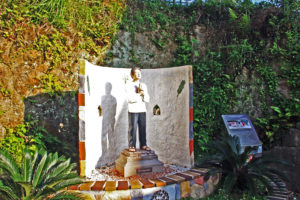 |
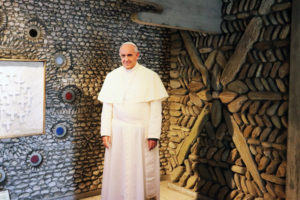 |
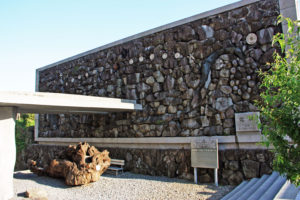 |
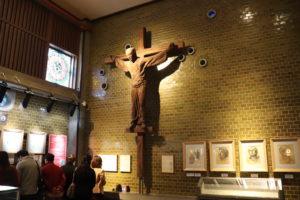 |
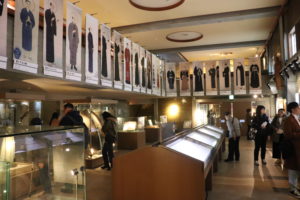 |
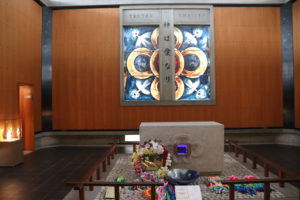 |
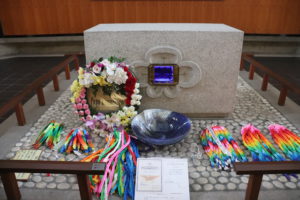 |
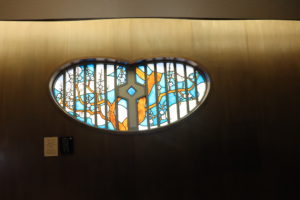 |
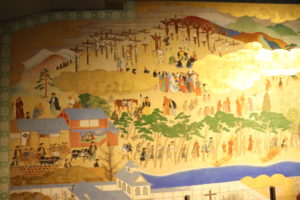 |
General information
| Address | 7-8 Nishizaka-cho, Nagasaki-city |
| Access | 5 minutes walk from JR Nagasaki Station |

Nakamachi Church
Nakamachi Church is located near JR Nagasaki Station which was constructed
for Japanese Christians in 1986.
The church was dedicated to the 16 Saints of Nagasaki (St. Thomas and the 15 Martyrs)
in 1988, and the monument honoring them was erected in the premise.
The 16 Saints were martyred in Nagasaki from 1633 to 1637.
 |
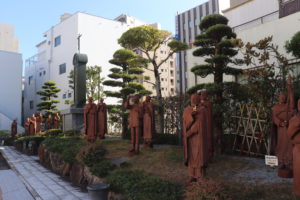 |
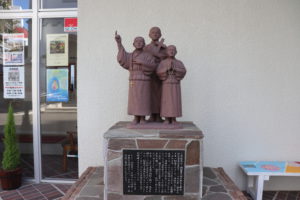 |
The 16 martyrs became Saints in 1987, since 26 Saint.
Dominic Ibáñez de Erquicia Pérez de Lete, Spanish, 1633, Dominican Priest
Antonio Gonzalez, Spanish, 1637, Dominican Priest
Jordan Ansalone, Italian, 1634, Dominican Priest
Luke of the Holy Spirit Alonso Gorda, Spanish, 1633, Dominican Priest
Michael de Aozaraza, Spanish, 1637, Dominican Priest
Guillaume Courtet, French, 1637, Dominican Priest
Jacobo Kyushei Gorōbyōe Tomonaga de Santa María, Japanese, 1633, Dominican Priest
Thomas Rokuzayemon Nishi, Japanese, 1634, Dominican Priest
Vincent Shiwozuka, Japanese, 1637, Dominican Priest
Francis Shōyemon, Japanese, 1633
Matthew Kohioye, Japanese, 1633
Lorenzo Ruiz, Filipino, 1637
Marina of Omura, Japanese, 1634
Magdalene of Nagasaki, Japanese, 1634
Michael Kurobioye, Japanese, 1633
Lazarus of Kyoto, Japanese, 1637
Shitsu Church
Built in 1882 by Father de Rotz, this low-ceiling church features a brick exterior, wood interior
and stone entranceway. The roof itself is low in order to limit damage done by strong winds.
The church’s bell was brought here from France by a priest and rings out beautifully every
morning. The location is famous as the place where the movie “Gege” was filmed.
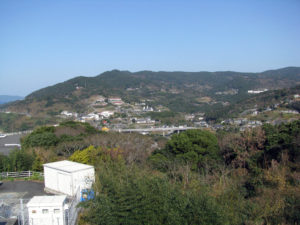 |
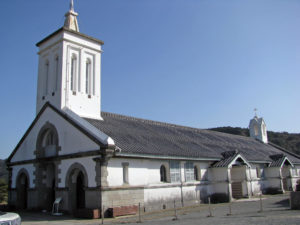 |
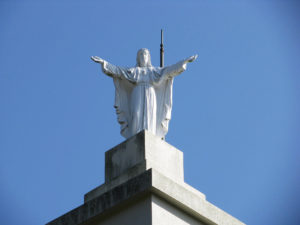 |

Peace Park
Peace Park was established in 1955 near the Ground Zero where the Atomic bomb was
dropped at 11:02 am on Aug. 09, 1945. Peace Memorial Ceremony is held in front of the
statue on August 9 every year and the Mayor of Nagasaki makes the “Nagasaki peace
declaration” for the whole world.
The Peace Fountain reminds us of the tragic scene unfolded shortly after America dropped the
Atomic bomb in Nagasaki at 11:02 am on Aug. 09, 1945.
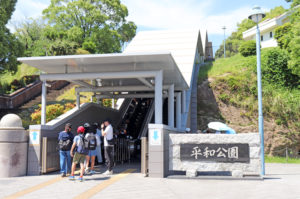 |
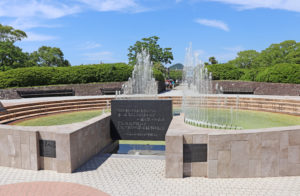 |
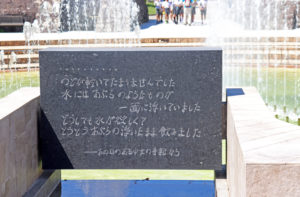 |
Bell of Nagasaki
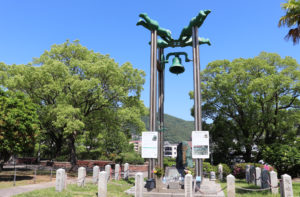 |
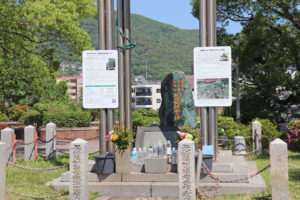 |
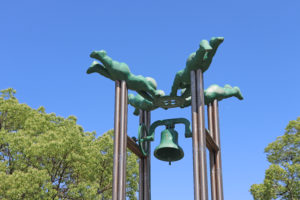 |
Completed in 1955, ten years after the Atomic bombing. The 9.7 meter high statue sitting on a 4
meter tall pedestal, made by renown sculptor Kitamura Seibo who born in Minami-Shimabara-city,
Nagasaki-prefecture in 1884. The raised arm points to the threat of nuclear weapons and the
out-stretched arm symbolizes peace.
 |
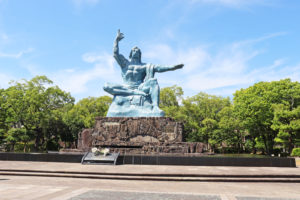 |
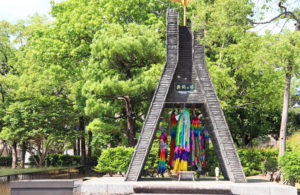 |
Monuments presented from all over the World
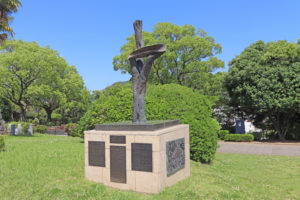 |
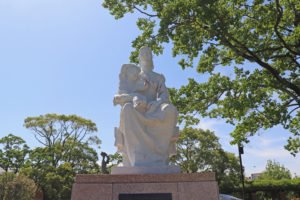 |
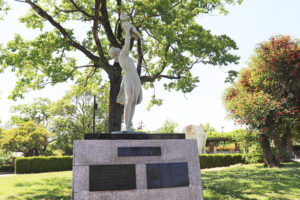 |
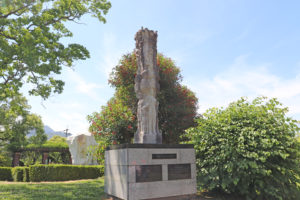 |
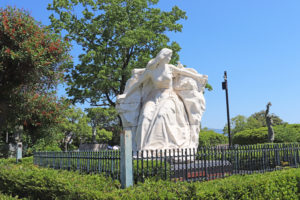 |
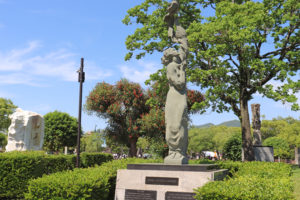 |
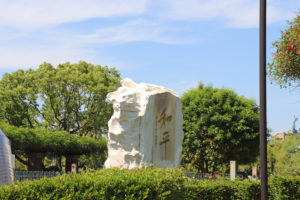 |
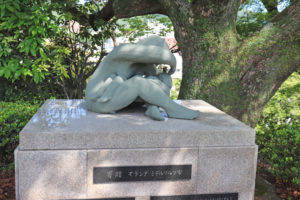 |
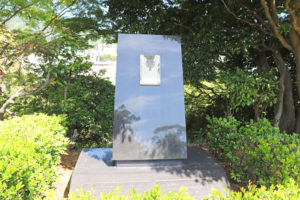 |
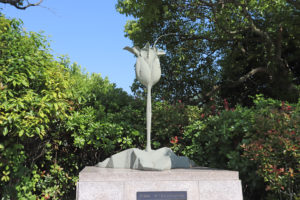 |
 |
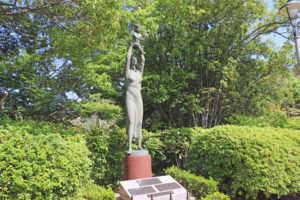 |
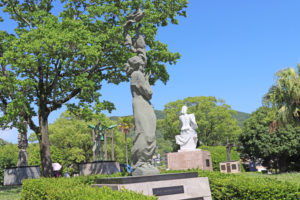 |
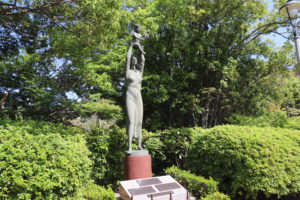 |
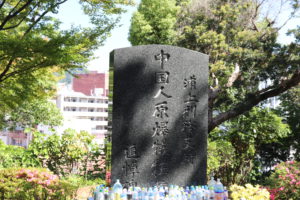 |
General information
| Address | Heiwakoen, Matsuyama-machi, Nagasaki-city |
| Access | 3 minutes walk from Heiwa-koen-shita Tram Station |



